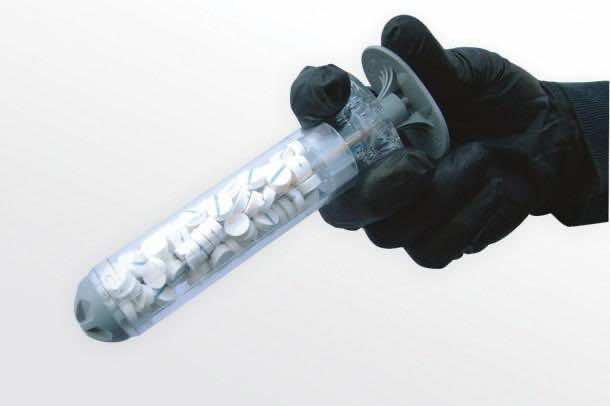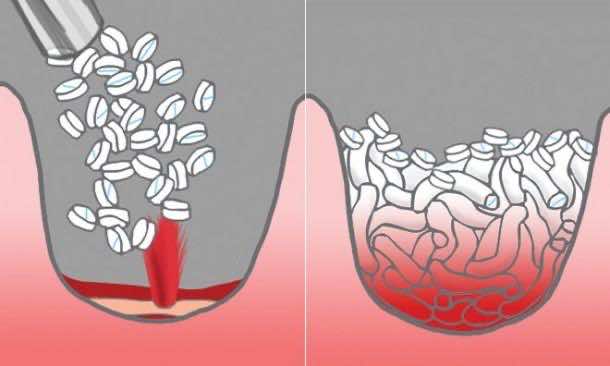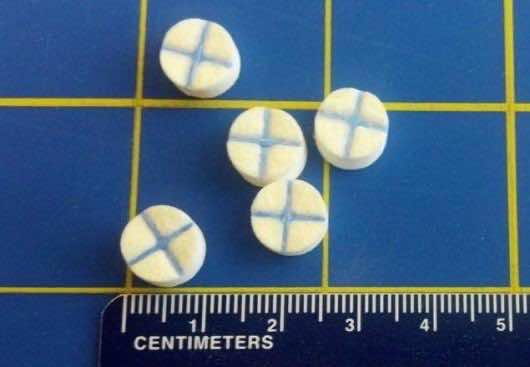Soldiers caught in a firefight might find a syringe filled with sponges to be completely useless, but the truth is that it can save their lives. With the new XStat Syringe, developed by RevMedx, soldiers with life-threatening bullet wounds can be treated in a matter of seconds.
While tourniquets are currently useful for injuries to extremities, wounds to the pelvic or shoulder regions are more lethal and more difficult to handle. Currently, stuffing gauze is the best approach, but this is painful, messy, imprecise and also ineffective (reason why the technique isn’t approved by the FDA) . The people at RevMedx, after being inspired by the use of expanding foam to patch up tires and walls, decided to use sponges as a way to stop the bleeding from a bullet wound. Since foam wouldn’t work, they tested ordinary sink sponges and stuffed them into wounded pigs after cutting them up into pieces. The approach worked and the team received a $5 million development contract from the US Army.
With the proper funds in place, the first goal of the team was the refinement of the sponges (since ordinary sink sponges weren’t that appropriate for humans). The solution was simple and each sponge was made from wooden fibers, coated in with a coagulant derived from shrimp and compressed to a quarter of its original volume. Once inside the wound, the pressure from the expanding sponges and the effect of the coagulant stopped the blood flow.
The method to insert the sponges was another challenge for which the developers sought the help of a design firm, Ziba. They came up with a syringe that had a tip made of grooved silicon to allow the syringe to reach deeper wounds. The syringe was designed to allow for easy one-handed use, which is essential in the battlefield. The only problem is the removal of the sponges, which is currently being worked on. At the moment, the sponges are marked with a blue, radiopaque threads which make it easy to catch any strays left in the wound. The injections were tested on more live pigs and the results have been submitted to the FDA. Once approved, the syringes will be available at a price of $100 each.






but how will it work if bullet is still in there.. isn’t it will be necessary to remove bullet! and also these ae 1cm dia. .. bullet wounds are aprox.( i dont knw) or may be less then this size…den how will they be inserted?